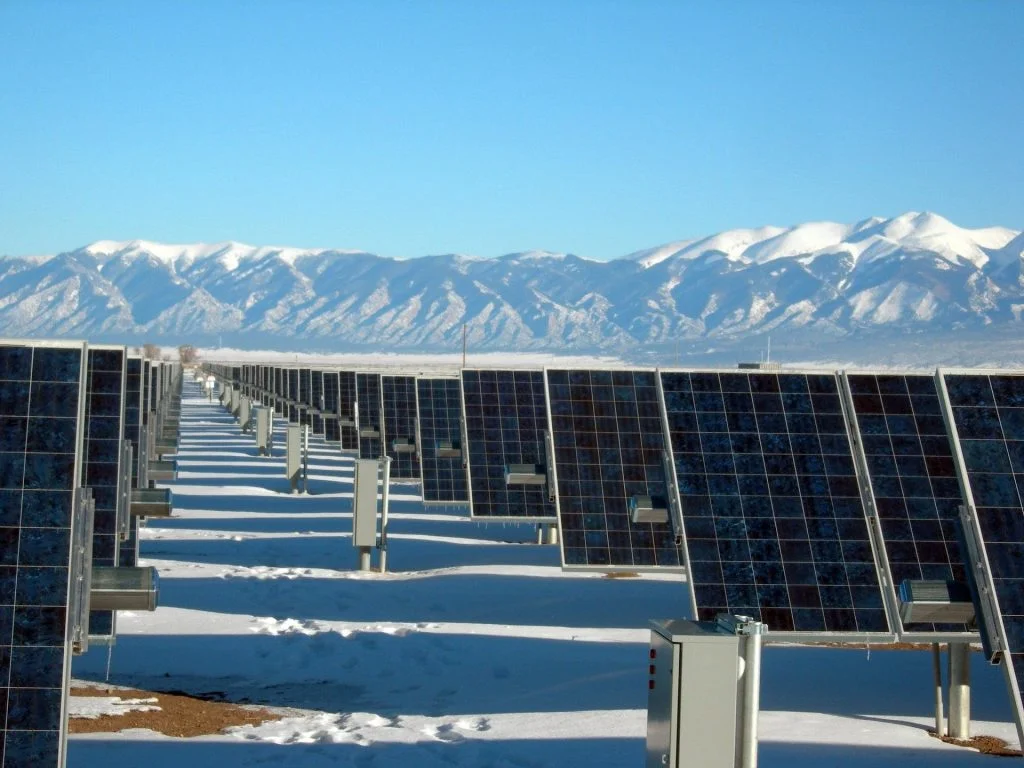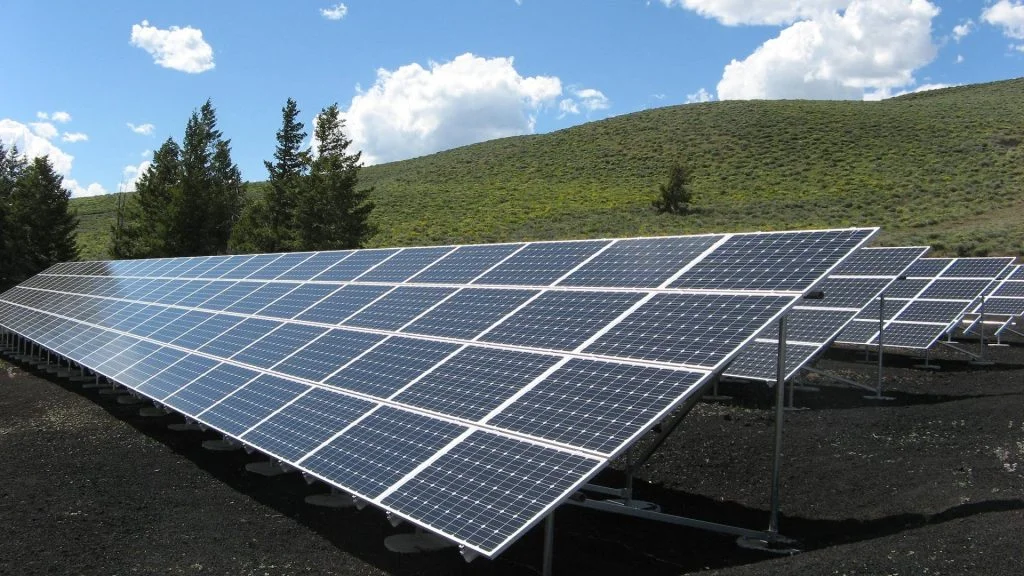Have you ever tried explaining solar panels to a five-year-old? It’s like teaching a cat to text message – confusing, hilarious, and somewhat enlightening. As someone who’s spent more time on rooftops than Santa Claus, I’ve come to learn a thing or fifty about solar panels.
From their surprising versatility to the bizarre things they absolutely shouldn’t be used for (solar-powered toaster, anyone?), I’ve compiled a list of facts that are sure to enlighten and entertain. Ready to discover how solar panels can be more than just energy converters? Let’s charge into this adventure with the enthusiasm of a photon hitting a solar cell!
Solar power is the last energy resource that isn’t owned yet – nobody taxes the sun yet.
Bonnie Raitt
Solar Panels Facts
Are you ready to illuminate your mind with some facts about solar panels? Don’t forget, there’s a quiz at the end of this article, so read carefully to harness all the solar knowledge you’ll need!
- Solar panels convert sunlight into electricity using photovoltaic (PV) cells.
- They are a renewable energy source, reducing reliance on fossil fuels.
- The first practical solar cell was developed in 1954 at Bell Laboratories.
- Silicon is the most commonly used material in solar cells for its efficiency.
- Monocrystalline solar panels are known for their higher efficiency and sleek appearance.
- Polycrystalline solar panels are less efficient but more cost-effective than monocrystalline.
- Thin-film solar panels are flexible and lightweight, but less efficient.
- Solar panels can last 25 to 30 years or more with proper maintenance.
- They can be installed on rooftops, in large solar farms, or as part of solar carports.
- The efficiency of solar panels typically ranges from 15% to 20%.
- Germany is a leading country in solar power production, despite its cloudy climate.
- Solar power accounts for a significant portion of renewable energy production worldwide.
- Installing solar panels can increase a home’s resale value.

- Net metering allows solar panel owners to sell excess energy back to the grid.
- Solar panels can still generate electricity on cloudy days, but at a lower rate.
- Concentrated solar power (CSP) is a different technology that uses mirrors to focus sunlight.
- China is the largest producer and consumer of solar panels globally.
- Photovoltaic cell efficiency has increased significantly over the years.
- Solar panel recycling is important for environmental sustainability.
- Community solar allows multiple individuals to benefit from a single solar array.
- Improving battery storage technology is crucial for solar energy’s future.
- Solar panels reduce greenhouse gas emissions, combating climate change.
- They can be used in remote locations without access to the power grid.
- Space missions often use solar panels for power.
- Perovskite solar cells are a promising, emerging technology in solar energy.
- Solar panel costs have decreased dramatically over the past decade.
- Government incentives and rebates can reduce the cost of solar panel installation.
- Building-integrated photovoltaics (BIPV) are integrated into building materials.

- Solar trackers can increase efficiency by following the sun’s path.
- Transparent solar panels are being developed for windows and screens.
- Peak sun hours impact the amount of energy solar panels can produce.
- Solar energy can be used to power electric vehicles and charging stations.
- Large-scale solar installations can impact local ecosystems and land use.
- Hybrid solar systems combine solar power with other energy sources.
- Artificial intelligence is being used to optimize solar panel performance.
- The payback period for solar panels depends on energy costs and incentives.
- Bi-facial solar panels can absorb sunlight from both sides, increasing efficiency.
- Colorful and designer solar panels are being developed for aesthetic appeal.
- Energy independence is a key benefit of adopting solar energy.

- Technological advancements continue to improve solar panel durability.
- Off-grid solar systems require battery storage for energy reliability.
- Community opposition can sometimes be a barrier to large solar projects.
- Efficient solar inverters are crucial for converting DC to AC electricity.
- Agrivoltaics combines agriculture and solar farming, benefiting both.
- The largest solar power plant in the world is located in India.
- Solar panel manufacturing has environmental impacts, including resource use.
- Research is ongoing into organic and nanomaterial solar cells.
- Passive solar design in architecture utilizes solar energy without panels.
- Solar power can be less reliable in regions with less sunlight.
- International trade policies can affect solar panel pricing and availability.
Solar Panels Myths

Having absorbed some fun facts about solar panels, it’s time to shine a light on the truth about some myths around them.
- Solar Panels Don’t Work in Cold or Cloudy Weather
Solar panels are actually more efficient in cooler temperatures. While they need sunlight to generate electricity, they can still produce significant energy on cloudy days and in colder climates. - Solar Panels Require Constant Maintenance
Solar panels are surprisingly low-maintenance. They don’t have moving parts, so they typically just need an occasional cleaning to keep them functioning efficiently. - Solar Energy Can’t Power My Home at Night
While solar panels only generate power during the day, excess energy can be stored in batteries for use at night. Additionally, grid-connected systems can draw power from the grid when needed. - Solar Panels Will Damage Your Roof
When installed correctly, solar panels can actually protect and preserve the portion of the roof they cover. Plus, if your roof does need repair, panels can be easily removed and reinstalled. - Solar Panels are Too Expensive and Don’t Pay Off
The cost of solar panels has decreased significantly over the years. Plus, with various incentives and the savings on electricity bills, solar panels can be a financially savvy investment in the long term.
No products found.
Solar Panels FAQ

Now that we’ve demystified common myths and laid out the facts, let’s dive into the most frequently asked questions about solar energy. Keep your eyes open – these insights are key for the quiz that follows!
- Who Invented the Solar Panels?
It all started with Edmond Becquerel in 1839, who discovered the photovoltaic effect. But the first real solar cell? That was Bell Labs in 1954. They really kicked off the solar revolution. - Are Solar Panels Expensive?
Not as much as they used to be! Prices have dropped a lot. Sure, there’s an upfront cost, but with government incentives and the savings on your energy bills, it can balance out. - Are Solar Panels Worth It?
Generally, yes! They cut down on your electric bills, help the environment, and can even bump up your home’s value. Plus, who doesn’t like a bit of energy independence? - How Do Solar Panels Work?
Solar panels turn sunlight into electricity. The sun hits the panels, jolts electrons in silicon cells into action, and voilà, you’ve got power. It’s like catching rays to keep your lights on! - Where to Put Solar Panels?
Any spot that gets lots of sun is good, usually your roof facing south. But it depends on where you live and how your house is set up. Sometimes, if roofs don’t work, they go on the ground.
Solar Panels Trivia

After all this information, I think you are ready to become a solar panel expert. Don’t disappoint me. But remember, if you don’t get any right, you might end up wearing solar panels as fashion accessories.
Conclusion
As we wrap up our solar-powered journey, let’s remember one thing: solar panels don’t just soak up the sun; they’re basically giant, silent sunbathers on our roofs, minus the need for sunscreen.
So, have you ever wondered if your solar panels could use a pair of sunglasses on those extra-bright days? Drop a comment with your funniest solar accessory ideas below!
3 Sources Used For This ArticleSolar Power Facts – FreedomSolarPower
All About Solar Parks, Solar Gardens & Solar Power Stations – PerchEnergy


